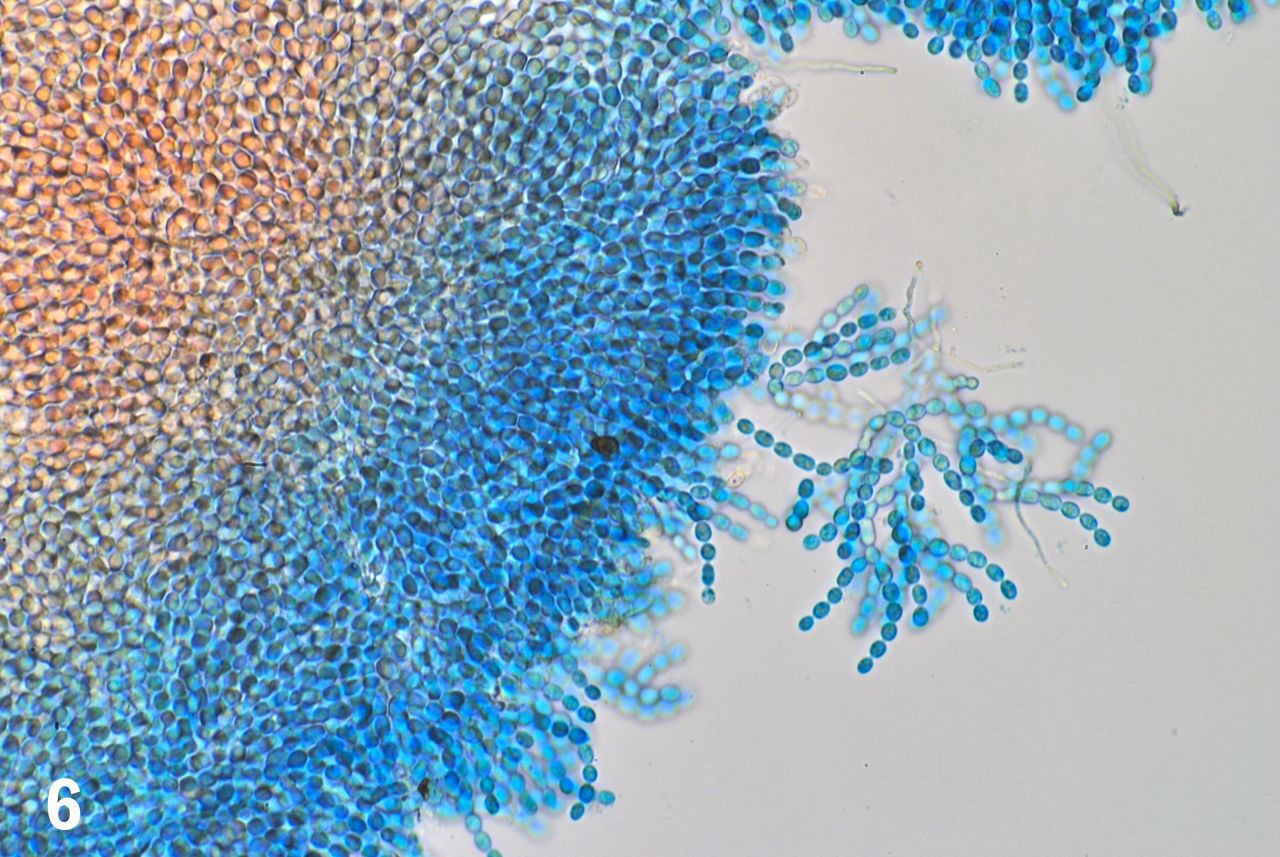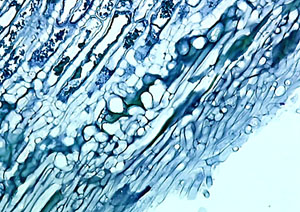
WHAT ARE BACTERIA?

- Bacteria are single-cell organisms.
- They usually measure a few micrometers in length and exist together in communities of millions.
- A gram of soil typically contains about 40 million bacterial cells. A milliliter of fresh water usually holds about one million bacterial cells.
- The earth is estimated to hold at least 5 nonillion bacteria, and much of the earth's biomass is thought to be made up of bacteria.
- Some bacteria are harmful, but most serve a useful purpose. They support many forms of life, both plant and animal, and they are used in industrial and medicinal processes.
SHAPES OF BACTERIAL CELL:
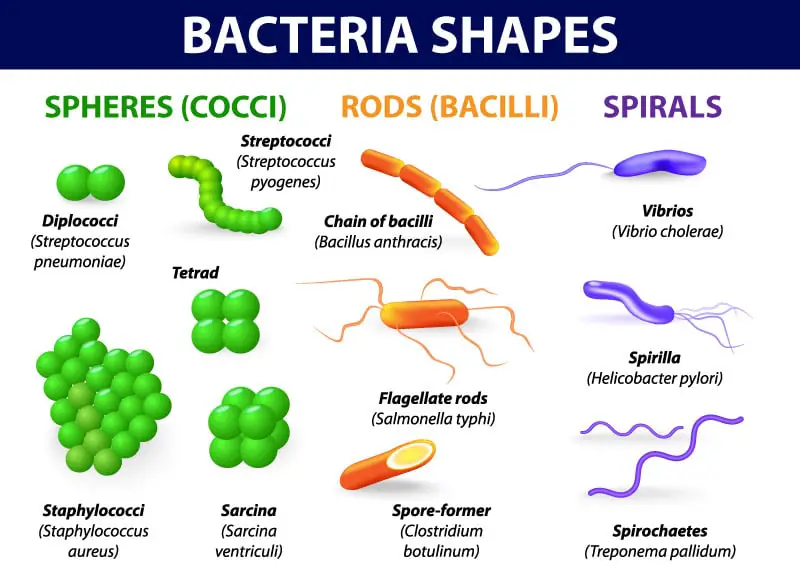

- Cocci (or coccus for a single cell) are round cells, sometimes slightly flattened when they are adjacent to one another.
- Bacilli (or bacillus for a single cell) are rod-shaped bacteria.
- Spirilla (or spirillum for a single cell) are curved bacteria which can range from a gently curved shape to a corkscrew-like spiral. Many spirilla are rigid and capable of movement. A special group of spirilla known as spirochetes are long, slender, and flexible.
Arrangement of Cocci
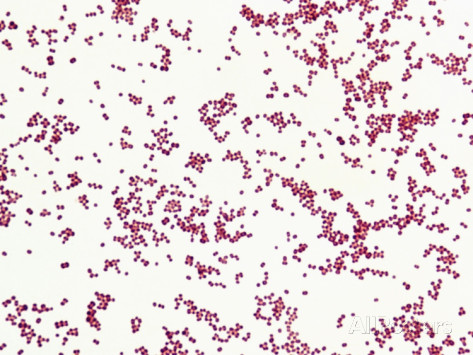



Cocci bacteria can exist singly, in pairs (as diplococci ), in groups of four (as tetrads ), in chains (as streptococci ), in clusters (as staphylococci ), or in cubes consisting of eight cells (as sarcinae). Cocci may be oval, elongated, or flattened on one side. Cocci may remain attached after cell division. These group characteristics are often used to help identify certain cocci.
1. Diplococci


The cocci are arranged in pairs.
Examples: Streptococcus pneumoniae, Moraxella catarrhalis, Neisseria gonorrhoeae, etc.
2. Streptococci




The cocci are arranged in chains, as the cells divide in one plane.
Examples: Streptococcus pyogenes, Streptococcus agalactiae
3. Tetrads




The cocci are arranged in packets of four cells, as the cells divide in two plains.
Examples: Aerococcus, Pediococcus and Tetragenococcus
4. Sarcinae




The cocci are arranged in a cuboidal manner, as the cells are formed by regular cell divisions in three planes. Cocci that divide in three planes and remain in groups cube like groups of eight.
Examples: Sarcina ventriculi, Sarcina ureae
5.Staphylococci




The cocci are arranged in grape-like clusters formed by irregular cell divisions in three plains.
Examples: Staphylococcus aureus
Arrangement of Bacilli




The cylindrical or rod-shaped bacteria are called ‘bacillus’ (plural: bacilli).
1. Diplobacilli

1. Diplobacilli

Most bacilli appear as single rods. Diplobacilli appear in pairs after division.
Example of Single Rod: Bacillus cereus
Examples of Diplobacilli: Coxiella burnetii, Moraxella bovis, Klebsiella rhinoscleromatis, etc.
2. Streptobacilli




The bacilli are arranged in chains, as the cells divide in one plane.
Examples: Streptobacillus moniliformis
3. Coccobacilli

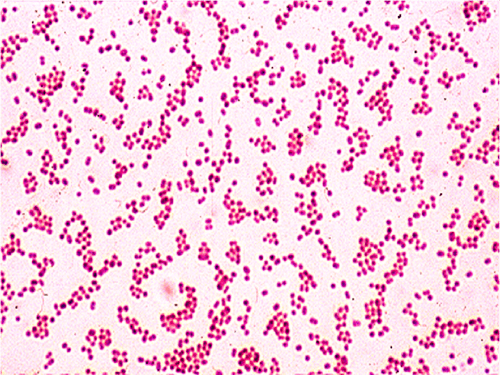


These are so short and stumpy that they appear ovoid. They look like coccus and bacillus.
Examples: Haemophilus influenzae, Gardnerella vaginalis, and Chlamydia trachomatis
4. Palisades
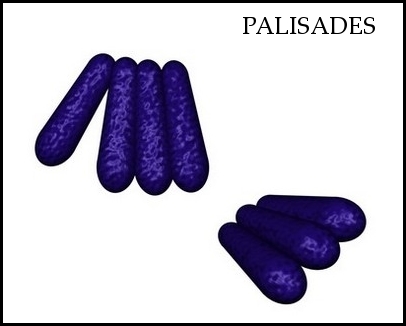



The bacilli bend at the points of division following the cell divisions, resulting in a palisade arrangement resembling a picket fence and angular patterns that look like Chinese letters.
Example: Corynebacterium diphtheriae
Arrangement of Spiral Bacteria
:max_bytes(150000):strip_icc()/spirillum_updated-5be08db6c9e77c002697c64a.jpg)

Spirilla (or spirillum for a single cell) are curved bacteria which can range from a gently curved shape to a corkscrew-like spiral. Many spirilla are rigid and capable of movement. A special group of spirilla known as spirochetes are long, slender, and flexible.
1. Vibrio
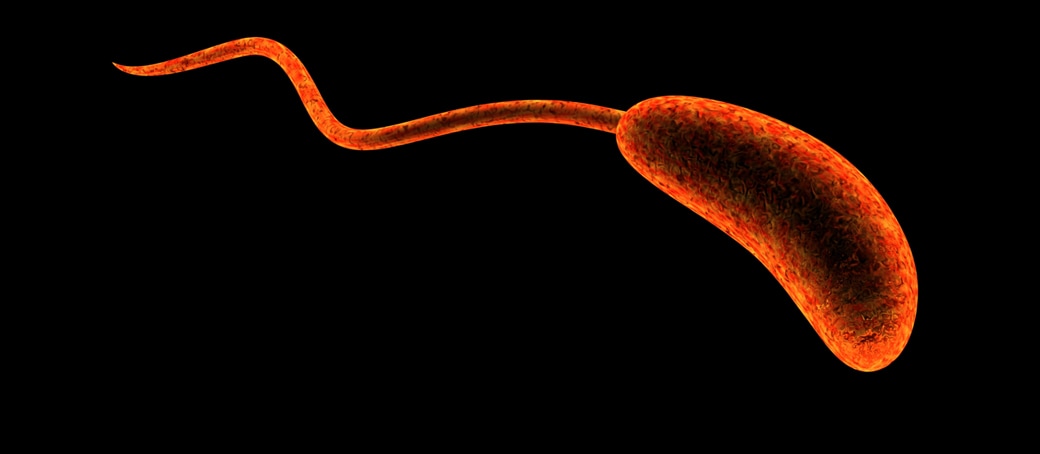



They are comma-shaped bacteria with less than one complete turn or twist in the cell.
Example: Vibrio cholerae
2. Spirilla
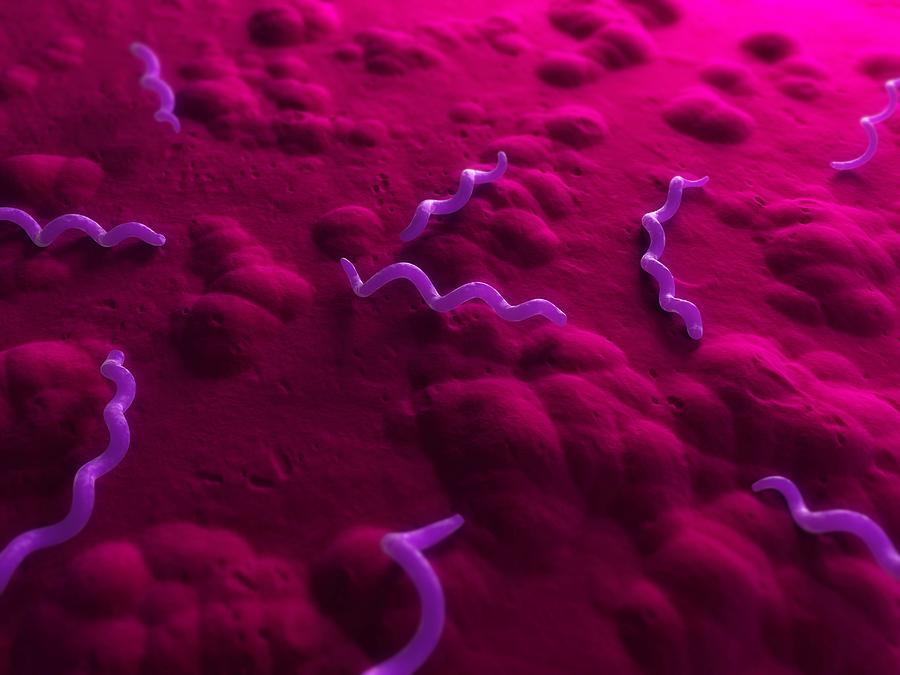



They have rigid spiral structure. Spirillum with many turns can superficially resemble spirochetes. They do not have outer sheath and endoflagella, but have typical bacterial flagella.
Example:Campylobacter jejuni, Helicobacter pylori, Spirillum winogradskyi, etc.
Spirochetes have a helical shape and flexible bodies. Spirochetes move by means of axial filaments, which look like flagella contained beneath a flexible external sheath but lack typical bacterial flagella.
Examples: Leptospira species (Leptospira interrogans), Treponema pallidum, Borrelia recurrentis, etc.
Others Shapes and Arrangements of Bacteria
1. Filamentous Bacteria


They are very long thin filament-shaped bacteria. Some of them form branching filaments resulting in a network of filaments called ‘mycelium’.
Example: Candidatus Savagella
2. Star Shaped Bacteria

Example: Stella
3. Rectangular Bacteria
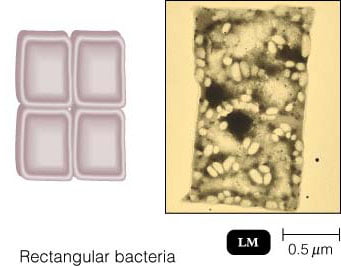

Examples: Haloarcula spp (H. vallismortis, H. marismortui)
These bacteria do not have any characteristic shape unlike all others described above. They can change their shape. In pure cultures, they can be observed to have different shapes.
Examples: Mycoplasma pneumoniae, M. genitalium, etc








